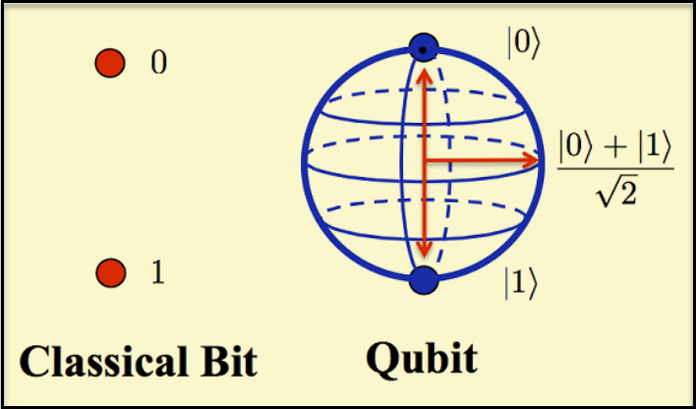The Future of Quantum Internet: A Secure Digital Frontier
Written on
Chapter 1: Introduction to Quantum Internet
As we move forward, the concept of a super-secure Quantum Internet is becoming a reality, largely due to advancements in quantum teleportation which promise unparalleled security measures.
Quantum machines, often referred to as supercomputers, have the extraordinary ability to execute complex calculations across multiple datasets and variables. Compared to traditional transistor-based systems, Quantum Computers provide significant efficiency gains. The key difference lies in their processing methods.
Traditional computers operate using bits, which are stored on transistors and can represent either a 0 or a 1. These binary states function like electronic switches that toggle between the two during calculations.
In contrast, Quantum Computers utilize Qubits, which can exist in both states (0 and 1) simultaneously, thereby harnessing the properties of both states. This unique capability allows Quantum machines to process information at incredible speeds.
Recent research from the University of Science and Technology of China and the University of Vienna has achieved a significant milestone by transmitting an unprecedented volume of data using a quantum information unit known as a ‘qutrit.’ This advancement brings us closer to a highly secure quantum internet, a crucial development in light of the pressing cybersecurity issues that plague traditional internet systems.

Chapter 2: The Mechanics of Quantum Communication
The concept of a quantum internet hinges on the principle of entanglement—a phenomenon where two fundamental particles become interconnected such that their information cannot be intercepted. Researchers assert that it is virtually impossible to eavesdrop on a connection that employs entangled particles, positioning this technology as a potential game-changer for internet security.
So, what exactly are qutrits? Unlike qubits, which can exist in two states at once, qutrits can be polarized in three distinct dimensions simultaneously, allowing them to transmit even more information through a method known as quantum teleportation. This technique essentially relies on the entanglement between qutrits.
These entangled quantum particles can affect each other's states, regardless of the distance separating them. In the quantum teleportation process, both the sender and receiver possess one of a pair of entangled qutrits. The sender analyzes their qutrit's interactions with another that contains the desired data, while the receiver applies the results of this analysis to decode the transmitted information.
Imagine this communication taking place between two astronomical telescopes located on separate continents, which can be linked to form a singular, larger telescope. While leveraging the potential of qubits is challenging, working with qutrits adds complexity due to the third dimension. Nevertheless, the opportunities and applications that could arise from overcoming these hurdles are truly revolutionary.
Researchers have made significant progress in optimizing the teleportation process by enhancing the initial stages, thereby enabling more data to be conveyed to receivers, simplifying the decoding of the transmitted information.
This video discusses the quantum internet and its potential impact on communication and data security.
In this video, experts explore how the quantum internet may transform our world in the future.
Stay updated with essential insights—consider subscribing to my mailing list.